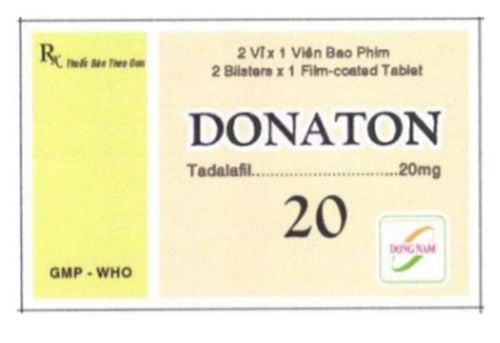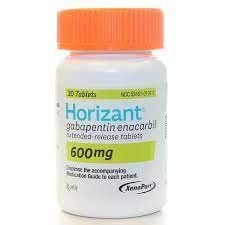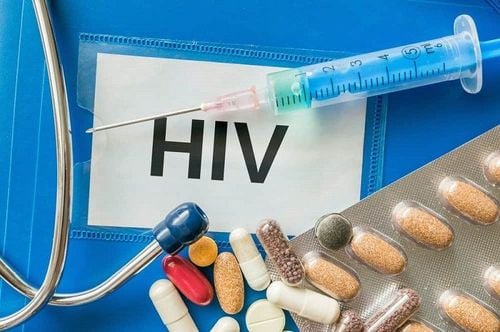This is an automatically translated article.
HIV/AIDS is a disease of the century that has the ability to attack and destroy the body's immune system. Especially this is a dangerous infectious disease that can attack anyone, HIV infection regardless of age, family, occupation, social status ...
1. Some definitions of HIV and AIDS
HIV stands for Human Immuno-deficiency Virus. This is a virus that, when entering the human body, has the ability to cause immunodeficiency in humans. AIDS stands for Acquired Immuno Deficiency Syndrome. Therefore, it can be understood that HIV is a virus that causes human immunodeficiency virus and causes AIDS (acquired immunodeficiency syndrome).
Mechanism of AIDS: HIV attacks the body through transmission routes such as blood, sexual contact, sharing needles, and mother-to-child transmission. From there, weakening the body's immunity makes the body lose its ability to fight pathogens such as bacteria, viruses, fungi, and parasites. HIV infection is divided into 4 stages, depending on HIV-related diseases such as weight loss, opportunistic infections, malignancies, and level of physical activity. HIV-infected people with stage IV clinical conditions are considered AIDS.

HIV có thể truyền từ mẹ sang con
2. Diagnosis of HIV and AIDS
HIV diagnosis : Diagnose HIV infection when the person's serum sample is positive all three times by three types of biological products with different principles and antigens and by qualified laboratories approved by the Ministry of Health to confirm a positive HIV test result. These tests include:
Antibody tests. The ELISA test detects antibodies to HIV. In addition, results are confirmed by two other methods, usually western blot or immunofluorescence assays. Antigen tests include antigen (p24 antigen) tests, HIV cultures, peripheral blood lymphocyte nucleic acid tests, and polymerase chain reaction. Diagnosis of AIDS: An AIDS diagnosis is a stage IV diagnosis of HIV. AIDS is diagnosed when the person has been diagnosed with HIV infection through blood tests and has at least 2 major symptoms + 1 minor symptom, which is not due to causes other than HIV such as cancer, malnutrition, antiretroviral drugs Immunosuppression,...
Main symptoms include:
Weight loss of more than 10% of body weight Persistent diarrhea (over 1 month) Persistent fever (over 1 month)
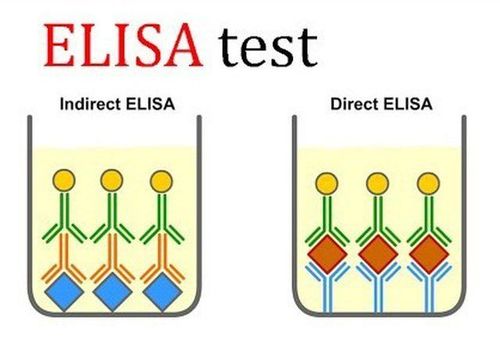
Xét nghiệm ELISA là một phương pháp chẩn đoán HIV
Additional symptoms include:
Persistent cough (more than 1 month) Red, itchy skin all over Body blisters Recurring Shingles Recurrent fungal infections of the pharynx, throat, persistent or recurrent lymphadenopathy at least 2 places on the body (excluding the inguinal lymph nodes) lasting more than 3 months. Also, AIDS can be diagnosed through blood tests. HIV-infected people with TCD4 ≤ 200 cells/mm3 are considered to be severely immunocompromised (AIDS). In addition, the diagnosis can be made by measuring lymphocytes. HIV-infected people with a total Lymphocyte count ≤ 1200 cells/mm3 and HIV-related symptoms are also considered severe immunodeficiency (AIDS).
3. What causes HIV infection?
HIV causes disease by attaching to CD4+ helper T cells (also called T4 lymphocytes), which are white blood cells involved in the immune response against cancer and disease-causing viruses. When the number of CD4+ T cells decreases, the person is susceptible to a number of diseases.
Then these opportunistic infections are the main cause of death in people with AIDS. Anyone can get HIV through the following ways:
Having unprotected sex , not using a condom when having sex Getting the blood or body fluids of an HIV-infected person through the sores Skin scratches or needlesticks contaminated with infected blood Transfusion of blood or blood products from an HIV-infected person Transmitted by a pregnant mother to her child during infection
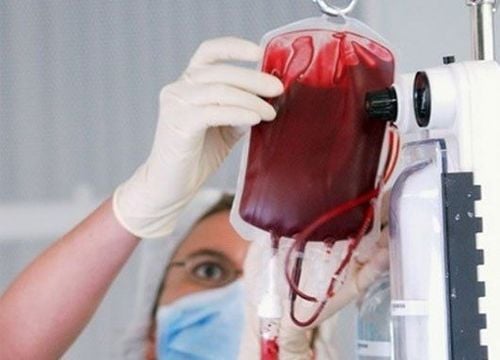
HIV có thể lây truyền qua đường truyền máu của người nhiễm HIV
4. Is there any treatment for HIV/AIDS?
4.1 Principles of treatment
Treatment of opportunistic infections is carried out when there are manifestations of opportunistic infections. Treatment with antiviral drugs. Antiviral drugs have the effect of inhibiting the replication of the virus but do not cure it completely, so the patient must be on treatment for the rest of his life and still have to take preventive measures to avoid transmitting the virus to others. . Patients on antiretroviral therapy when their immune status has not been restored must still receive prophylactic treatment for opportunistic infections. Antiviral drugs need to be used as indicated. HIV-infected people with no indications for antiretroviral therapy should be monitored every 3-6 months to review disease progression and prescribe ART in the future. Currently, there is no specific treatment for HIV/AIDS patients. However, there are some studies on specific HIV/AIDS drugs showing initial effectiveness and hope in the future HIV/AIDS will be completely cured.
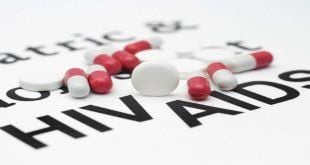
Thuốc kháng retrovirus được chỉ định điều trị cho bệnh nhân HIV/AIDS
5. Prevention of HIV and AIDS
Safe sex: faithful monogamous, do not have sex indiscriminately, use condoms when having sex, especially having sex with an unknown person infected with HIV. Using spermicide and HIV: Commonly Nonoxynol-9 is made in the form of a cream, suppository, or impregnated with foam film, condoms. Do not share needles: use sterile needles and syringes, do not share needles and syringes, use sterile instruments for surgery, procedures, etc. Avoid direct contact with body fluids of patients. HIV-infected people, use medical gloves if contact with HIV-infected fluids is mandatory. Use separate personal items: razors, toothbrushes, nail clippers, etc. HIV-infected women should not become pregnant, because the HIV transmission rate to their children is 30%. Women infected with HIV during pregnancy are also encouraged and advised to prevent mother-to-child transmission of HIV. Persons with occupational exposure to blood at risk of HIV infection are recommended to undergo exposure prophylaxis with antiretroviral drugs according to regulations of the Ministry of Health.
Please dial HOTLINE for more information or register for an appointment HERE. Download MyVinmec app to make appointments faster and to manage your bookings easily.





